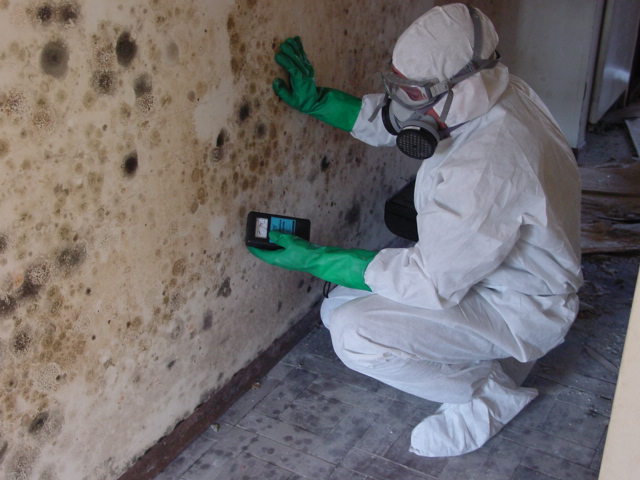Intrusion of water into your home or place of business is an out of the ordinary event. This could result from broken water pipes or water heaters, sump pump failure or from long-standing leaks. Organic materials found inside a building, such as wood, paper, drywall, and some types of insulation, provide food sources for molds (given an adequate amount of moisture) to flourish.
Water damage, if left unattended for any period of time, may lead to mold growth. People may experience health effects associated with exposure to mold in damp buildings, according to a two-year study by the Institute of Medicine. These health effects may include a runny nose, sneezing, coughing, congestion, aggravation of asthma, sore throat, or inflammation of the sinus.
Concerns are more likely to arise when “at risk” individuals are exposed to mold growth. “At risk” people can include immune suppressed or compromised individuals, young children, and individuals with chronic inflammatory lung diseases such as asthma and severe allergies.


